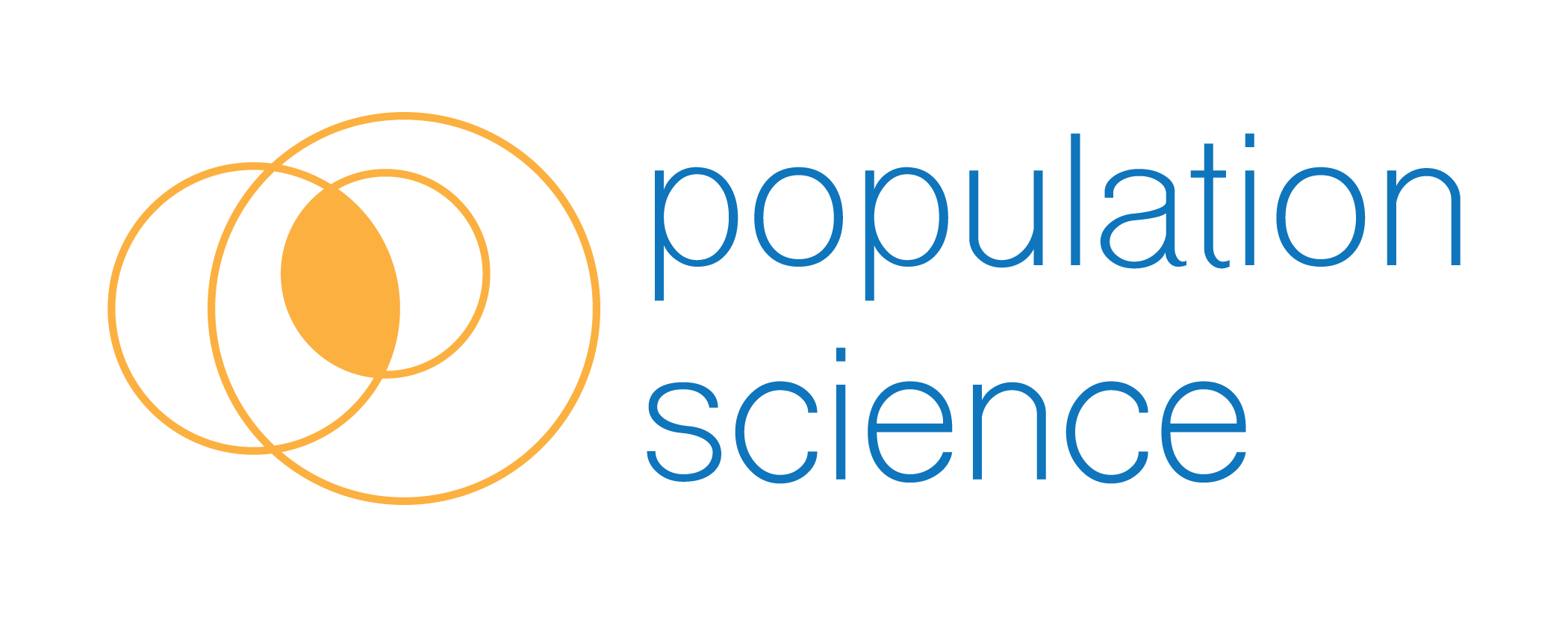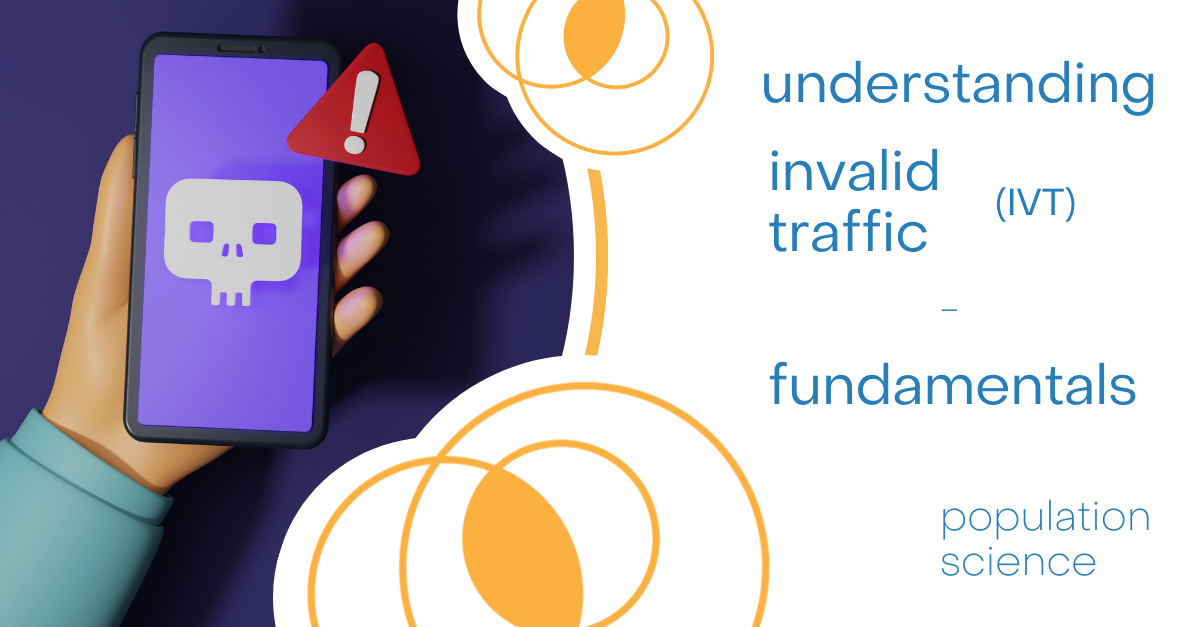What is Invalid Traffic?
Invalid traffic encompasses any activity that doesn’t come from a genuine user with legitimate interest. The digital advertising industry categorizes IVT into two main types:
General Invalid Traffic (GIVT)
- Known Data Center Traffic
- Definition: Automated traffic originating from identified data center IP ranges
- Impact: While these centers serve legitimate purposes like web hosting and cloud services, their traffic should not count toward ad impressions
- Common examples: AWS, Google Cloud, and Azure infrastructure traffic
- Detection: Usually identifiable through IP range verification
- Search Engine Spiders and Crawlers
- Purpose: Automated programs that index web content for search engines
- Identification: Usually declare themselves through user-agent strings
- Key players: GoogleBot, BingBot, and other major search engine crawlers
- Legitimate but invalid: Essential for the web but should not count as ad views
- Non-human Traffic from Known Sources
- Types: Monitoring tools, availability checkers, and security scanners
- Characteristics: Predictable patterns, declared purposes
- Examples: Pingdom, UptimeRobot, various website monitoring services
- Identification: Often self-declared through user agents or known signatures
- Traffic from Invalid Domains/Browsers
- Scope: Includes outdated browsers, misconfigured systems
- Risk factors: Often associated with higher rates of fraud
- Common signs: Non-standard user agents, deprecated browser versions
- Impact: Can indicate broader security or configuration issues
Sophisticated Invalid Traffic (SIVT)
- Advanced Bot Behavior
- Capability: Sophisticated mimicry of human browsing patterns
- Methods: Simulated mouse movements, realistic scroll patterns
- Challenge: Increasingly difficult to distinguish from genuine users
- Evolution: Continuous adaptation to detection methods
- Impact: Can significantly skew campaign metrics and waste budget
- Device Hijacking
- Mechanism: Malware-infected devices generating unauthorized traffic
- Impact: Creates legitimate-looking traffic from real user devices
- Scope: Can affect both mobile and desktop devices
- Detection challenge: Traffic comes from real user IP addresses
- Prevention: Requires sophisticated behavioral analysis
- Hidden Ad Techniques
- Methods:
- Pixel stuffing: Ads rendered in 1×1 pixel spaces
- Ad stacking: Multiple ads stacked in single placement
- Hidden iframes: Ads loaded in invisible page elements
- Financial impact: Wastes advertiser budget on non-viewable impressions
- Detection: Requires combination of technical and behavioral analysis
- Prevention: Viewability measurement and domain verification
- Methods:
Economic Impact
- Direct Financial Losses
- Scale: Industry loses billions annually to invalid traffic
- Range: Campaigns typically see 1-40% invalid traffic rates
- High-risk areas: Video ads, premium CPM campaigns
- Geographic variation: Some regions show higher IVT rates
- Measurement: Often discovered through post-campaign analysis
- Data Corruption
- Primary effect: Skewed campaign metrics
- Secondary impact: Misguided optimization decisions
- Long-term consequence: Inefficient budget allocation
- Recovery cost: Resources spent cleaning and correcting data
- Prevention: Requires ongoing monitoring and validation


